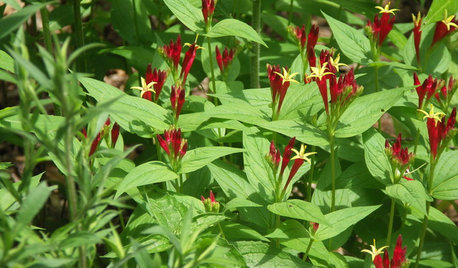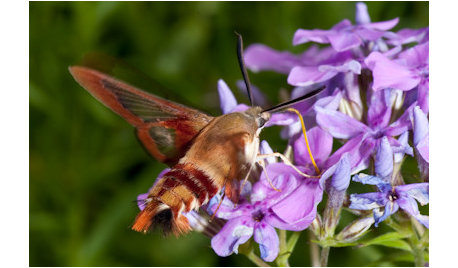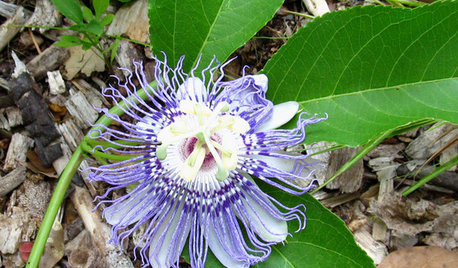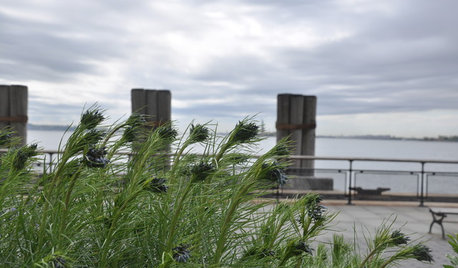Hummingbirds as cross-pollinators - vigna
greentongue
16 years ago
Related Stories

GARDENING GUIDESAttract Hummingbirds and Bees With These Beautiful Summer Flowers
Roll out a welcome mat for pollinators to keep your landscape in balance and thriving
Full Story
GARDENING GUIDESGreat Design Plant: Spigelia Marilandica
Indian pink is a top hummingbird plant for shady sites
Full Story
GARDENING AND LANDSCAPINGBid Bad Garden Bugs Goodbye and Usher In the Good
Give ants their marching orders and send mosquitoes moseying, while creating a garden that draws pollinators and helpful eaters
Full Story
GARDENING GUIDESGreat Design Plant: Ceanothus Pleases With Nectar and Fragrant Blooms
West Coast natives: The blue flowers of drought-tolerant ceanothus draw the eye and help support local wildlife too
Full Story
GARDENING FOR BUTTERFLIESGardening for the Bees, and Why It’s a Good Thing
When you discover how hard bees work for our food supply, you may never garden without them in mind again
Full Story
GARDENING GUIDESGreat Design Plant: Prairie Phlox Draws Winged Beauties
Beauty and a sweet fragrance are just the beginning with this spring bloomer. Watch the butterflies and moths descend on it for nectar
Full Story
GARDENING GUIDESGreat Design Plant: Passiflora Incarnata
Enjoy the amazing flowers and edible fruit of U.S. native Passiflora incarnata (also known as maypop) — the butterflies sure do
Full Story
GARDENING GUIDESHow to Find the Right Native Plants for Your Yard
Find plant maps, sale sites and guides that make going native in the garden easier than ever
Full Story
GARDENING GUIDES15 Ideas to Try in Your Garden This Year
These gardening stories were tops among Houzz readers. Which ideas might you try this year?
Full Story
GARDENING GUIDES10 Native Wildflowers With Unique Foliage
When the flowers fade, these leaves keep the garden looking good
Full Story





digdirt2
zeedman Zone 5 Wisconsin
Related Professionals
North New Hyde Park Landscape Architects & Landscape Designers · River Forest Landscape Architects & Landscape Designers · Walnut Landscape Architects & Landscape Designers · Wakefield Landscape Contractors · Bedford Heights Landscape Contractors · Deerfield Beach Landscape Contractors · Essex Landscape Contractors · Indianapolis Landscape Contractors · Melrose Landscape Contractors · San Antonio Landscape Contractors · Chicago Ridge Landscape Contractors · Dallas Roofing & Gutters · Manassas Roofing & Gutters · Norton Roofing & Gutters · Port Neches Roofing & GuttersgreentongueOriginal Author
zeedman Zone 5 Wisconsin
greentongueOriginal Author
greentongueOriginal Author
greentongueOriginal Author
zeedman Zone 5 Wisconsin
greentongueOriginal Author
greentongueOriginal Author